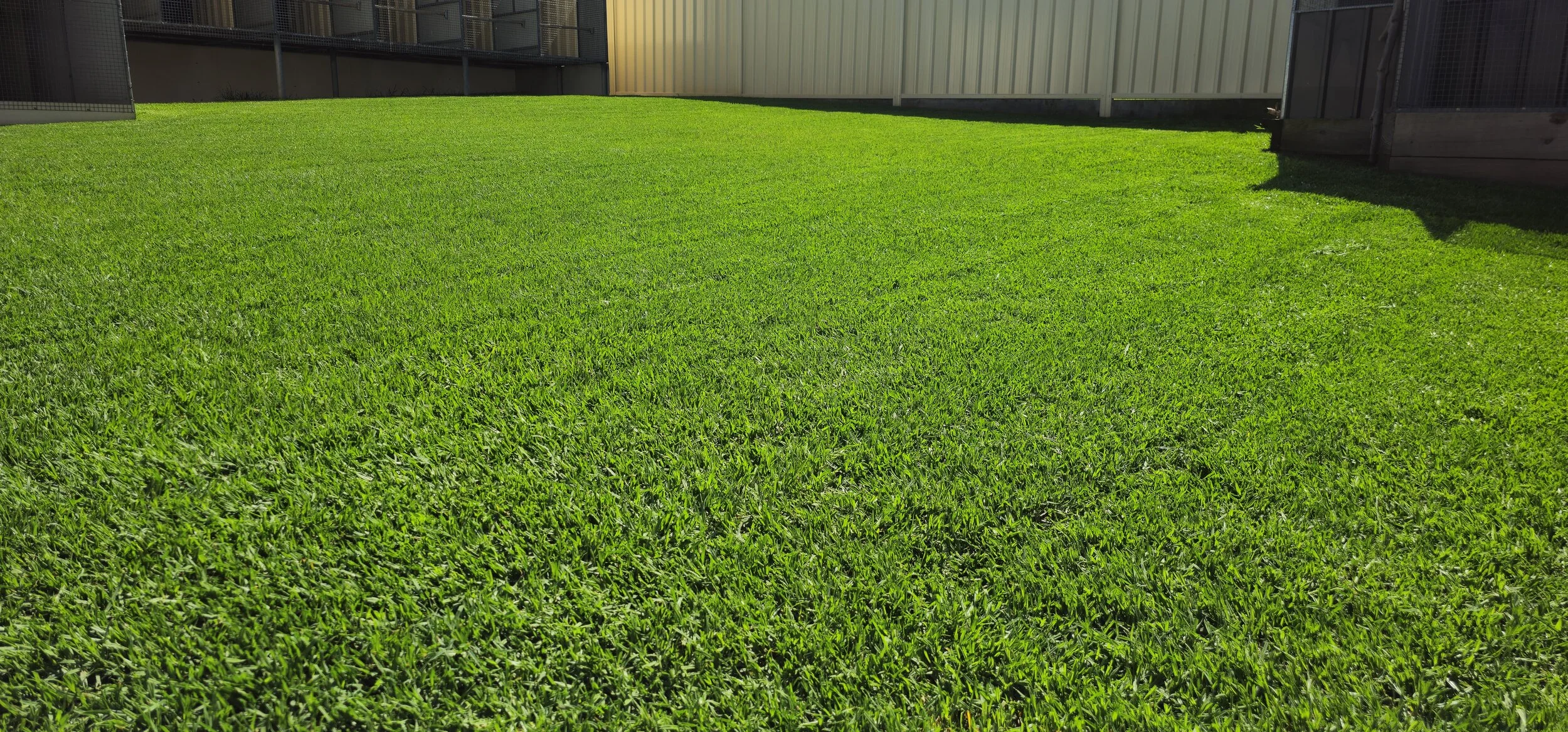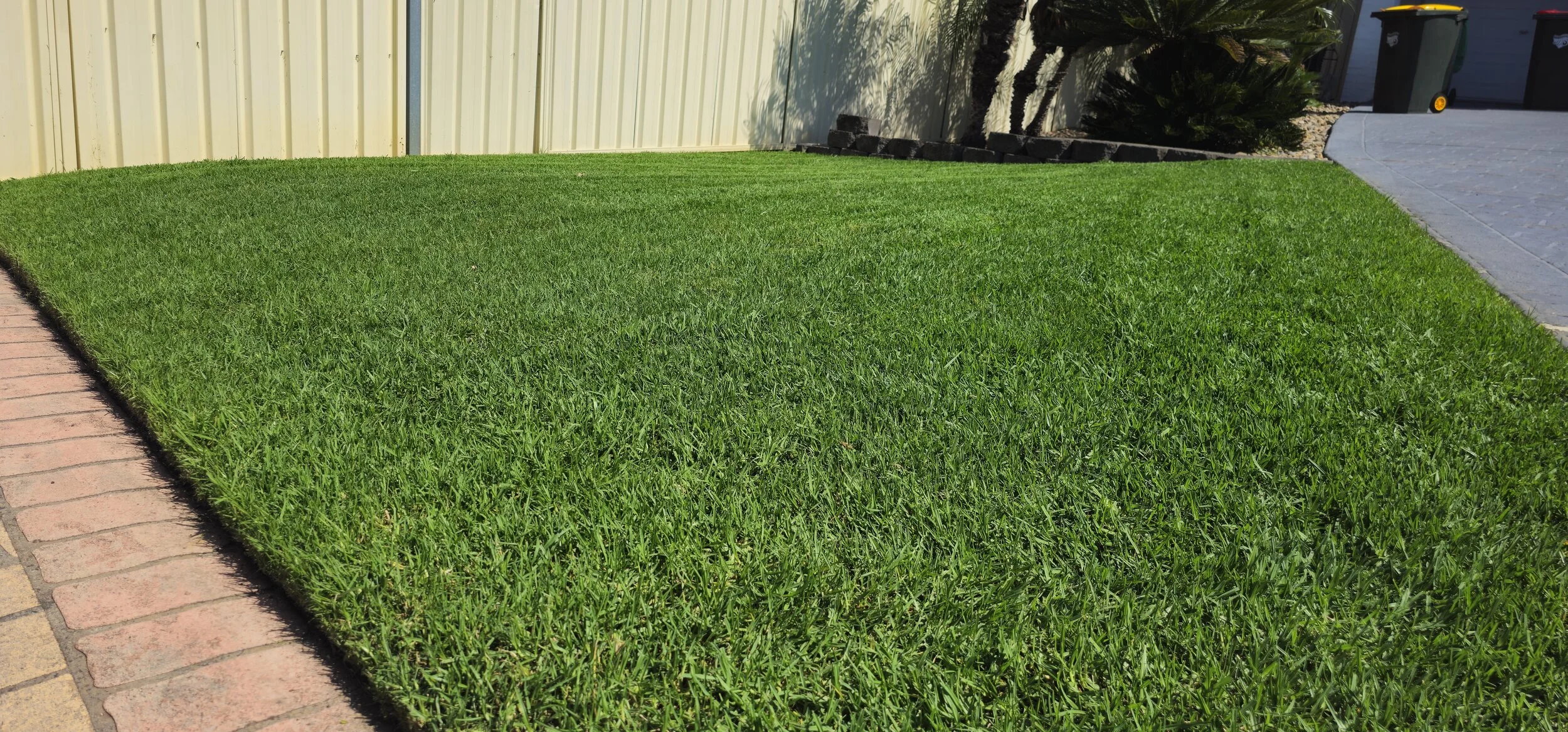
Lawn Renovations
Do you want the best lawn possible?
The best way to have your best lawn ever is doing a renovation once per year. This can either be a full on make over or a mini renovation just to reset the lawn. Here are Fresh Cut Lawns Shellharbour we make it easy for you with our lawn renovation services.
There are 4 steps to any great lawn renovation which are Scalping, Scarifying, Coring and Top Dressing. But you don’t necessarily need them all done every year. With our options below we can find what fits your budget.
The Reset
We Fertalise and Scalp the lawn.
This is perfect for a lawn that just needs a reset coming in to spring.
We cut of the top, which will remove and dead grass and above ground thatch.
This makes room for new grass to grow and help prevent scalping the lawn through the growing season.
This is best for lawns that have had bigger renovations done in the past and just need a quick touch up, or if your renting and don’t want to spend to much on someone else’s lawn.
We recommend every lawn gets this done every year.
The Mini Reno
We Fertalise, Scalp, Scarify and Aerate the lawn.
We take your lawn two steps further than the Mini reno.
Scarifying will pull out both the above and below ground thatch allowing more air and water to reach the soil.
Aerating pulls cores out of the ground and helps to de-compact the ground so the roots can grow easier leading to a healthier lawn.
Perfect for lawns that have had the full reno done recently.
This should be done every 1-2 years
Full Service Reno
If you want the best lawn this is the one you want.
We Fertalise, Scalp, Scarify and Aerate the lawn. And the top dress with either soil or sand.
Using soil will add nutrients to the ground but will break down over time.
If you want more of a level lawn we recommend sand as it doesn’t break down and holds the level for longer.
If you’re unsure on either soil or sand we recommend soil first then moving to sand.
The best lawns get this done every year. But you can do this every 2-3 years.
If you’re unsure what results you will see here are two lawns that have had different levels done to them.
This was my own lawn at a rental property. I didn’t want to spend money on it so I just scalped and fertalised it.
You can see it looks great but was very uneven.
This is a customers lawn who had the full service done.
You can see the drastic colour difference from using soil to add nutritents and how smooth it is.
Both lawns had the same fertilser treatments done our premium package.










